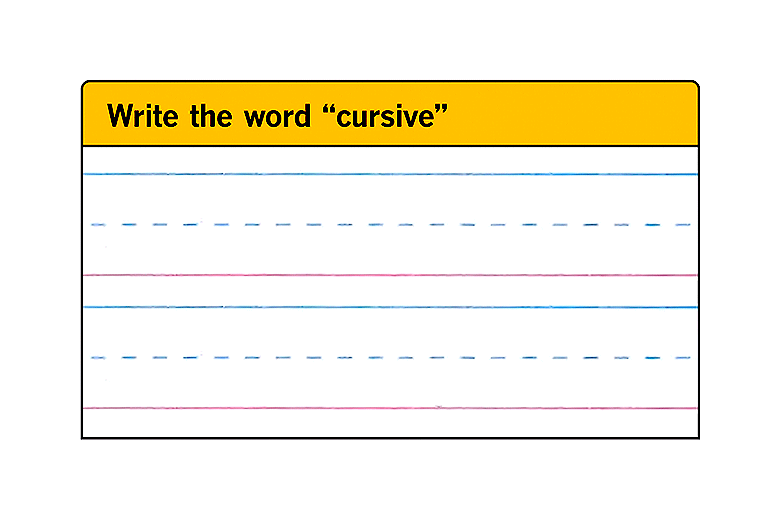The Typewriter Industry
- Share via
The first successful commercially produced typewriter appeared in 1873. The Sholes & Glidden Type-writer was produced for a fee by arms and sewing machine manufacturer, E. Remington & Sons. The machines were eventually renamed Remington.
Because the first typewriters were made in a sewing machine factory, they looked much like the sewing machines of the day with a pedal to return the carriage. An earlier version more closely resembled a piano than the modern typewriter.
But that device of Milwaukee inventor Christopher Latham Sholes was not the first. Writing machines of various sizes and shapes had preceded it, but none was successfully produced in any quantity.
The first recorded patent went to London engineer Henry Miller in 1714 to produce “an artificial machine or method for impressing or transcribing of letters . . . the impression being deeper and more lasting than any other writing, and not be erased or counterfeited without manifested discovery.”
The first typewritten book manuscript was submitted by Mark Twain, probably “Life on the Mississippi” in 1883.
Despite the advance that the typewriter represented, it was not immediately embraced.
There were technical problems, including an inability to see what you were typing as you typed it. But social convention at first rejected the typewritten letter, which was often confused with a printed advertising circular and was treated much as junk mail is now, according to a recent article in the American Heritage of Invention & Technology.
A Kentucky mountaineer, the magazine reported, sent back his first typewritten letter with the reply: “You don’t need to print no letters fer me. I kin read writin.” Today, the dominant names in typewriter production are Smith Corona and IBM, which are also two of the oldest surviving names in the industry, which has seen many manufacturers disappear forever in the face of foreign competition.
Prices of electronic typewriters have continued to decline since their introduction in the late 1970s and the functions they perform have increased. But if anything irks consumers, it is the constant need to buy ribbons to fuel the appetites of their machines.
Consumer Reports magazine noted in its November review of electronic typewriters that the major expense of upkeep is ribbon replacement.
“The typical film ribbon should be good for about 25 typed pages, assuming 2,000 characters per page,” the report said. “At $5 a ribbon, that’s about 20 cents per page.”
It is possible to buy fabric or other ribbons that last longer than nylon ribbons because they accept multiple character strikes, but the corrections cannot be “lifted off” the page as with the more expensive ribbons.
“You do have to waste a lot of ribbon if you want to have the capability to erase a mistake,” said Vladimir Alvarez, manager of the small appliance department at Adray’s store in Van Nuys. “It’s true they might be a little bit expensive, but I would rather spend $6.90 on a ribbon rather than retype a paper two or three times.”
Just as the demand for electric and manual typewriters has withered during the last 10 years, the need for certain kinds of typewriter supplies has plummeted.
“Mechanical typewriters are pretty much a dead issue,” said Jack Miller, president of Quill Corp. of Lincolnshire, Ill., the nation’s largest mail-order distributor of office products. “It’s had a serious effect on a lot of products.”
Quill’s sales of miscellaneous typing supplies have dropped nearly 26% this year, he said. Correction aids have slipped 6.52%, typing elements have dropped 36% and sales of IBM ribbons, primarily for Selectric typewriters, have slumped 6%. Carbon paper sales are off by 11%.
At the same time, sales of ribbons for electronic typewriters have jumped 25%, Miller said.
Most of Quill’s 750,000 customers are small and medium-sized businesses that tend to use older equipment longer than large corporations, Miller said.
“If anything, our figures are low because we tend to carry products longer” to cater to such businesses, he said. “I bet you IBM ribbons are off 80% to 90% in the big businesses.”
As for the old spool ribbons designed for use with manual typewriters, Quill still carries a few in its catalogue. But, added Miller, “I can’t remember the last time I saw one of those.”
The designing of electronic typewriters with all their fancy features presents a special challenge in today’s disposal culture. It seems that no one holds onto their owners manuals anymore.
“The average life of a guide to operations is one to 30 days,” said Roger Savitt, a spokesman for IBM. “What you want is a product whose function is intuitively obvious.”
Like old typewriters, old owners manuals have become collectors items, said Dan Post, who publishes an Arcadia-based newsletter for typewriter collectors.
More to Read
Inside the business of entertainment
The Wide Shot brings you news, analysis and insights on everything from streaming wars to production — and what it all means for the future.
You may occasionally receive promotional content from the Los Angeles Times.










